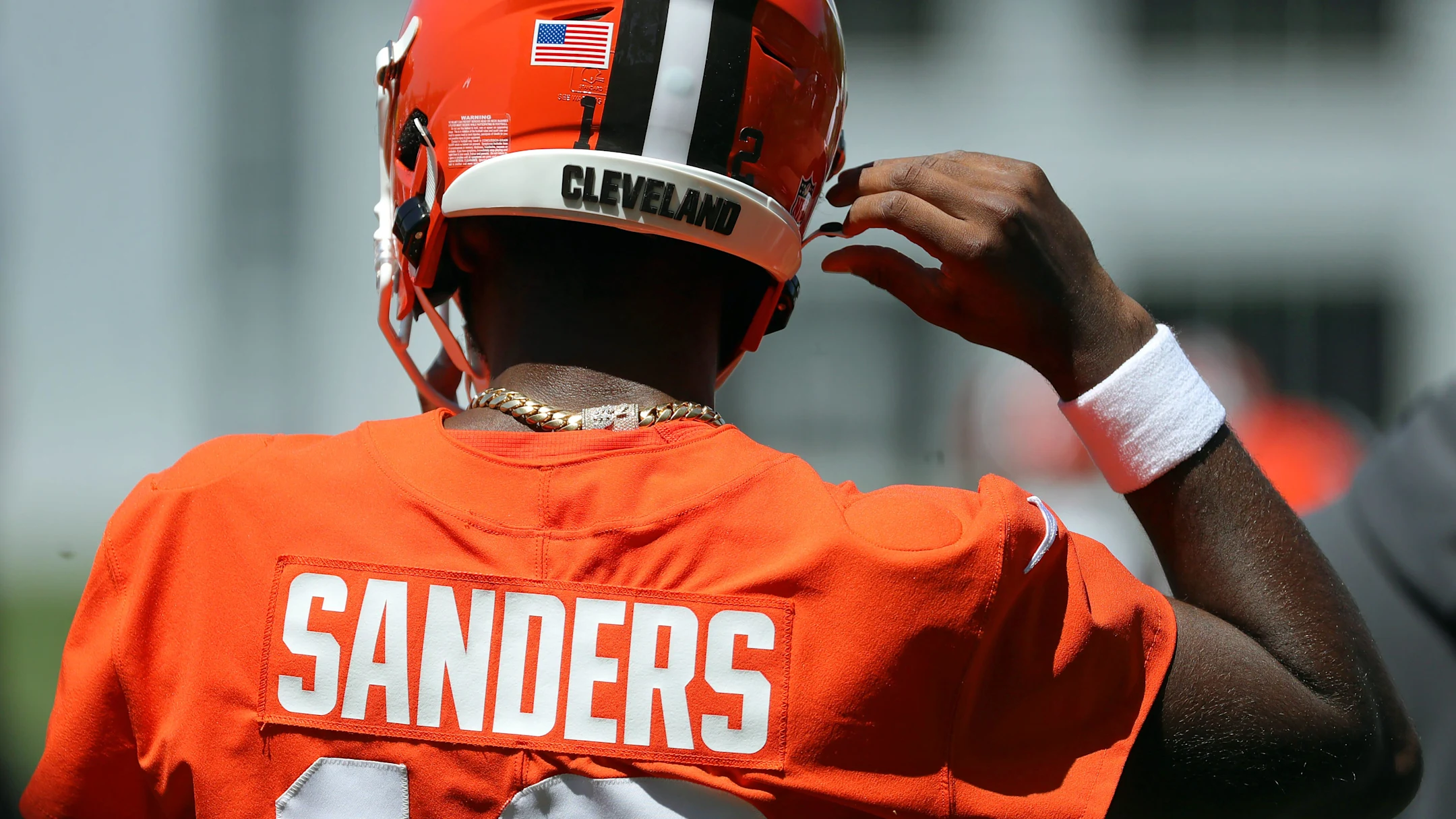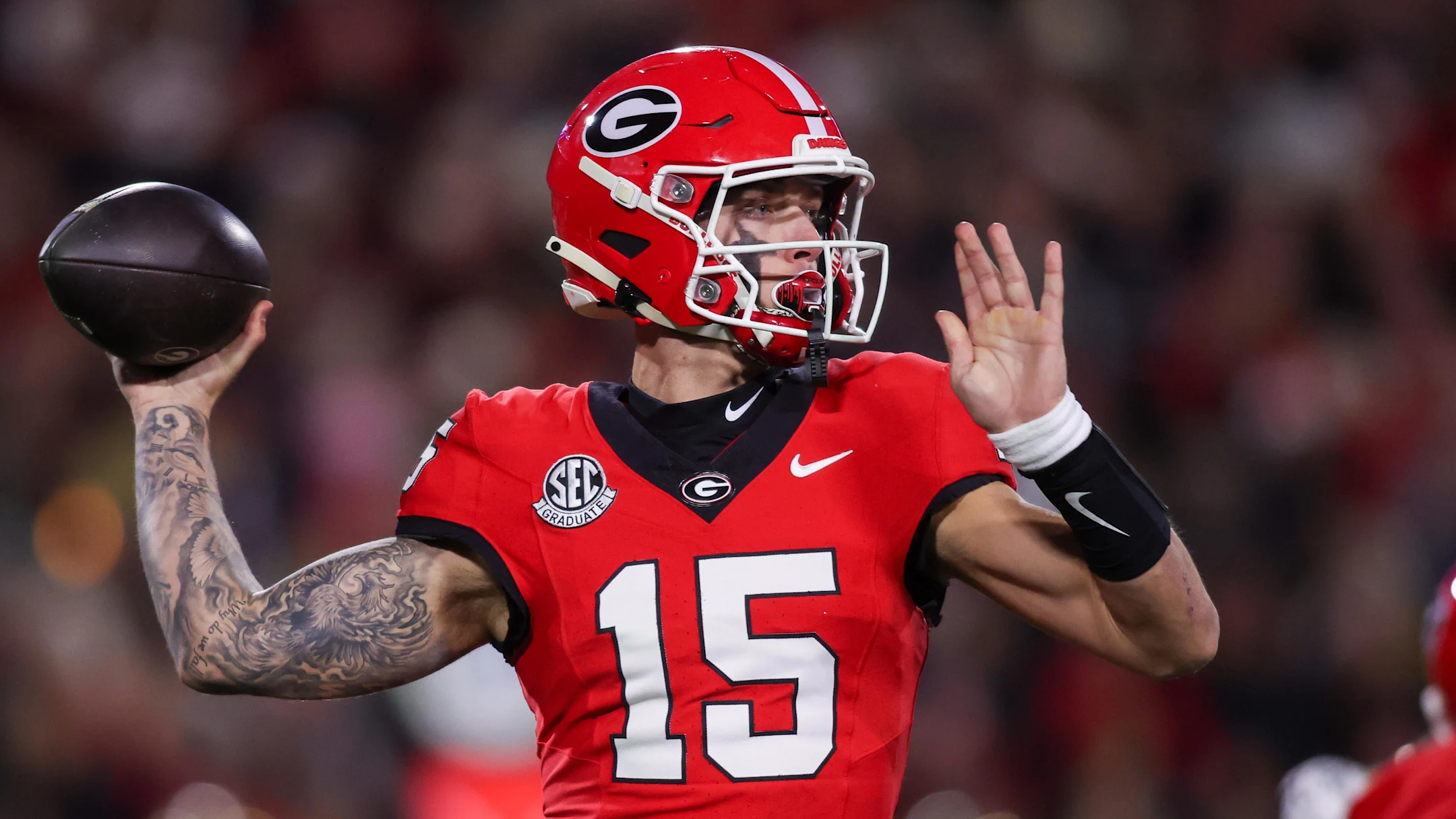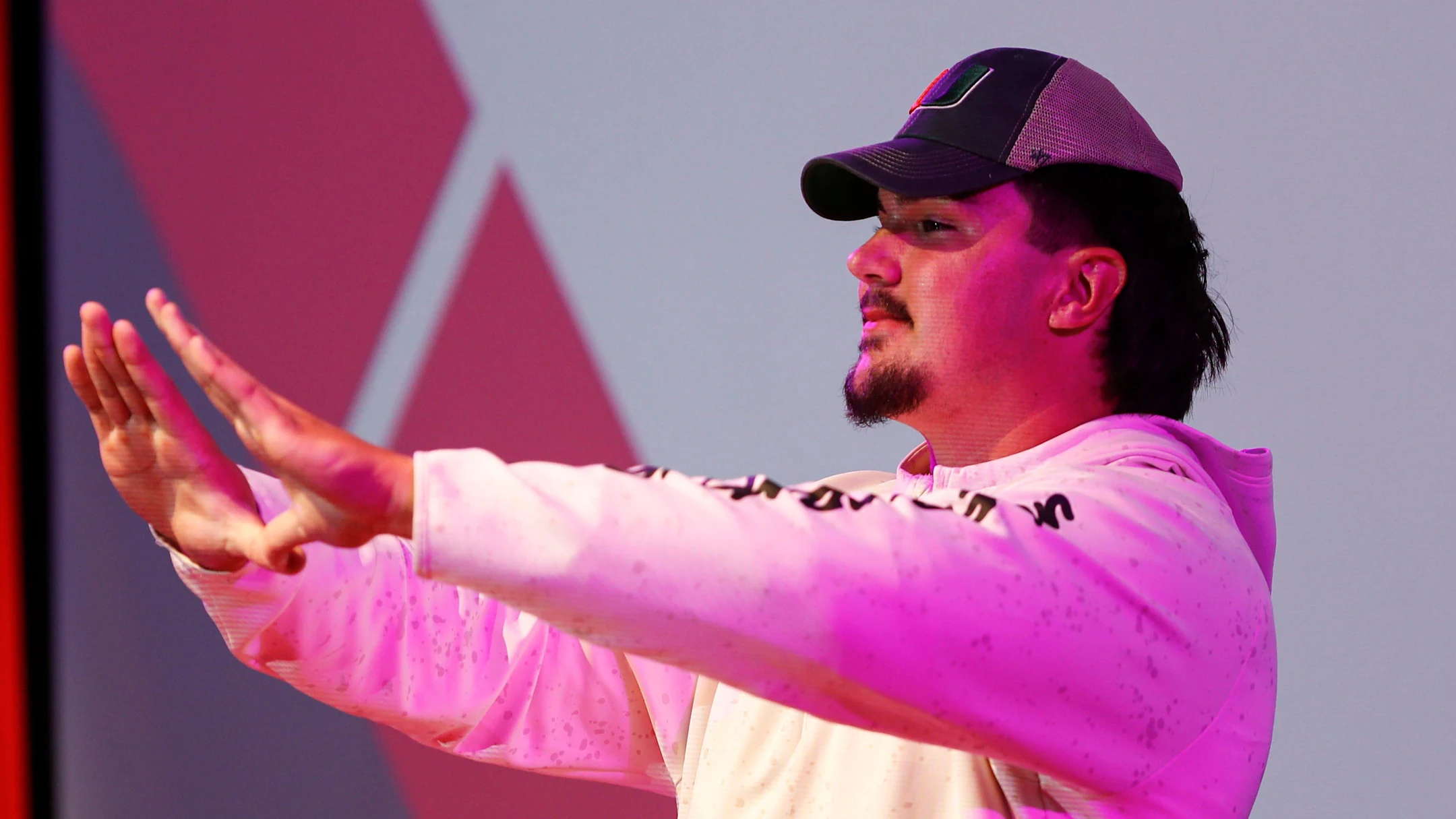NIL Has Made Many Golfers De Facto Pros Before They Leave College

In professional golf, top players earn millions of dollars through contracts with companies that supply their clubs and clothes. Up until 2021, those sponsorship dollars would start hitting a golfer’s bank account only after they gave up their amateur status. But since the emergence of relaxed name, image, and likeness policies in college sports, that process has sped up.
Instead of recruiting top amateurs after they’ve proved themselves playing for a major university, brands now have the option of betting on young talent before they become household names. There are pros and cons to that strategy, though.
“It’s hard enough, when they’re professionals, to really measure the ROI on some of these agreements,” says Jeff Lienhart, the president of Adidas Golf, which heading into last week’s Scottish Open sponsored three of the top 10 ranked men’s golfers in the world. “We believe in the system and we believe in having these partnerships with professional athletes. NIL is even that much more difficult to measure an ROI.”


